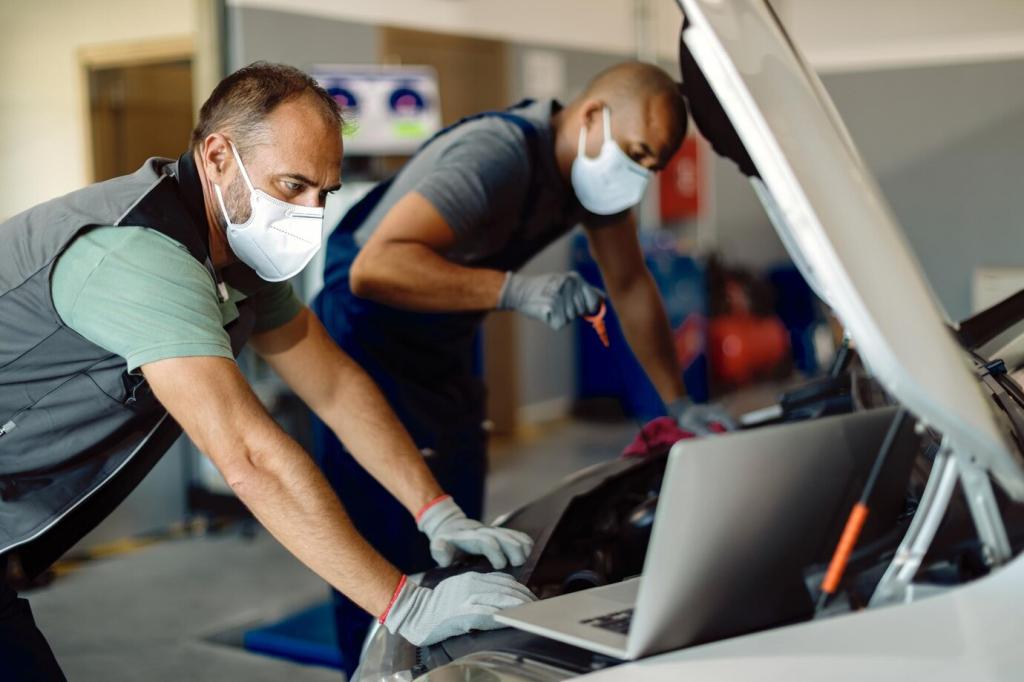Air, Fuel, and Spark: The Essential Trio
A clogged air filter chokes performance and strains fuel economy. Inspect at recommended intervals, more often in dusty climates. Replace when dark, brittle, or restricted. This simple habit embodies basic engine maintenance techniques that pay off in responsiveness, longevity, and a happier throttle.
Air, Fuel, and Spark: The Essential Trio
Quality fuel and periodic injector cleaner help keep spray patterns crisp. Replace the fuel filter as scheduled to protect the pump and maintain pressure. Good fuel hygiene is a cornerstone of engine maintenance techniques, preventing rough idling, hesitation, and long-term carbon buildup inside cylinders.
Air, Fuel, and Spark: The Essential Trio
Worn plugs increase misfires, waste fuel, and stress catalytic converters. Use the correct plug type and gap, torque carefully, and inspect coils for cracks. Strong ignition is central to basic engine maintenance techniques, ensuring reliable starts and clean combustion on cold mornings and hot afternoons.






